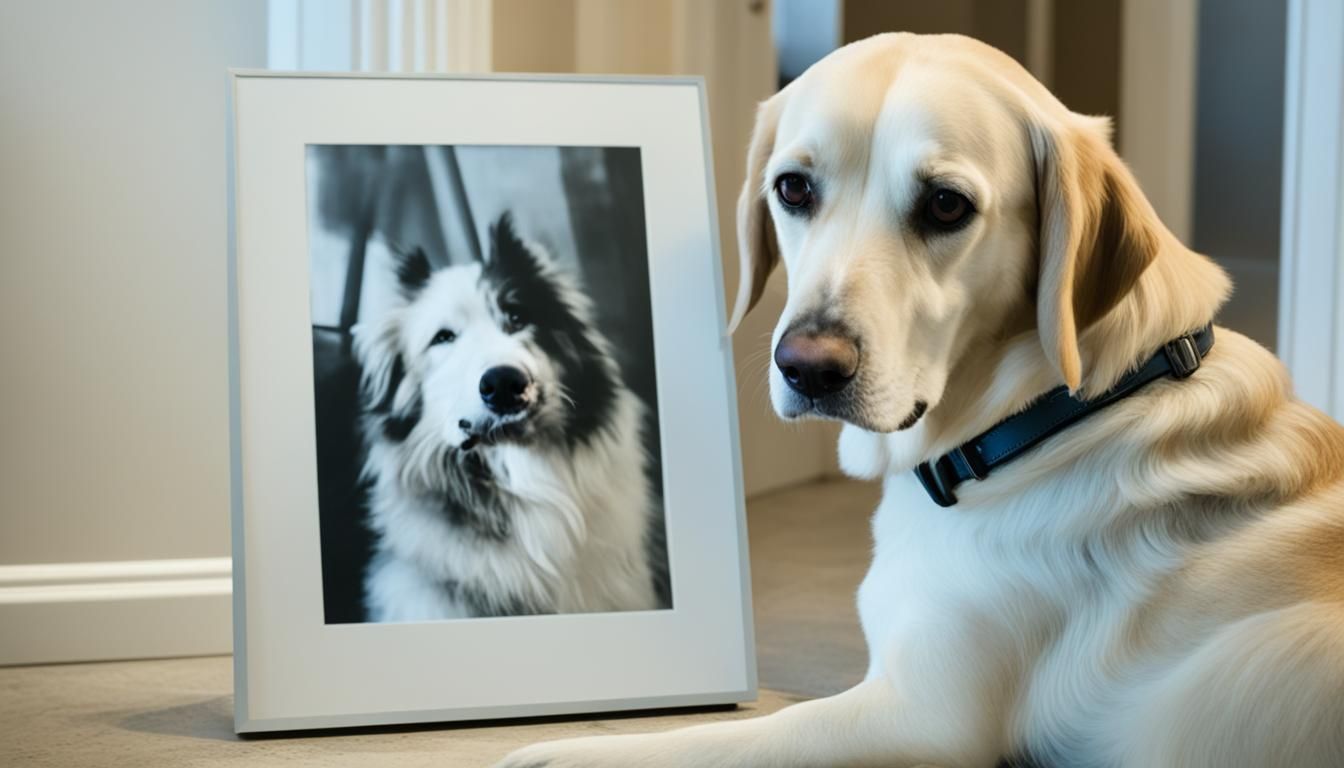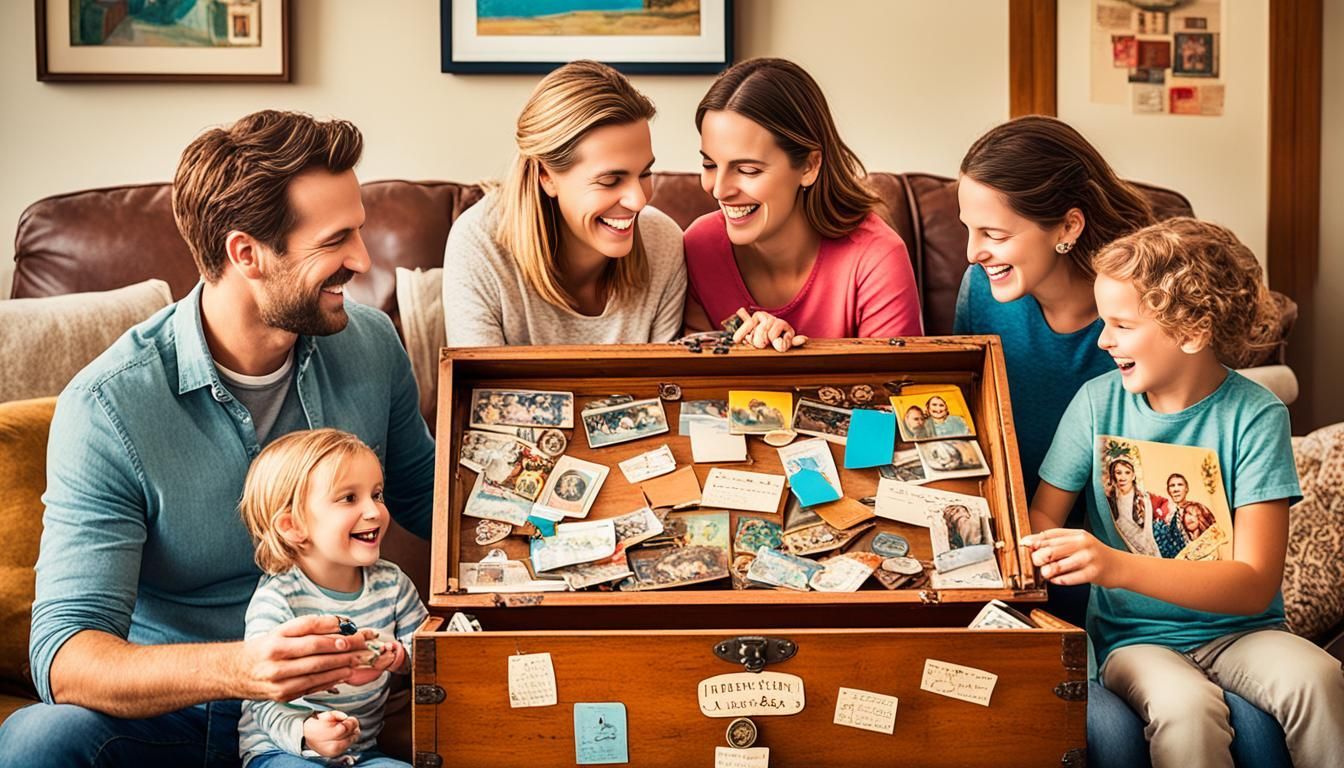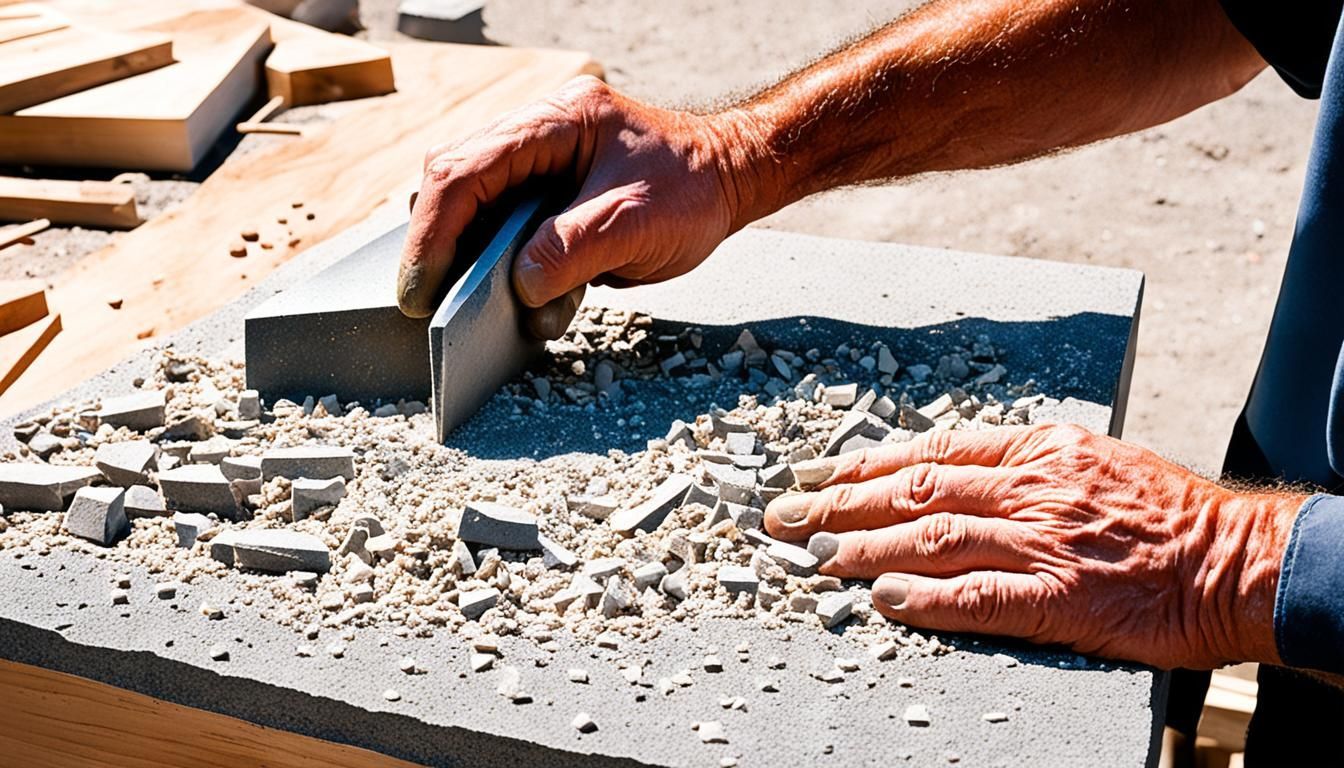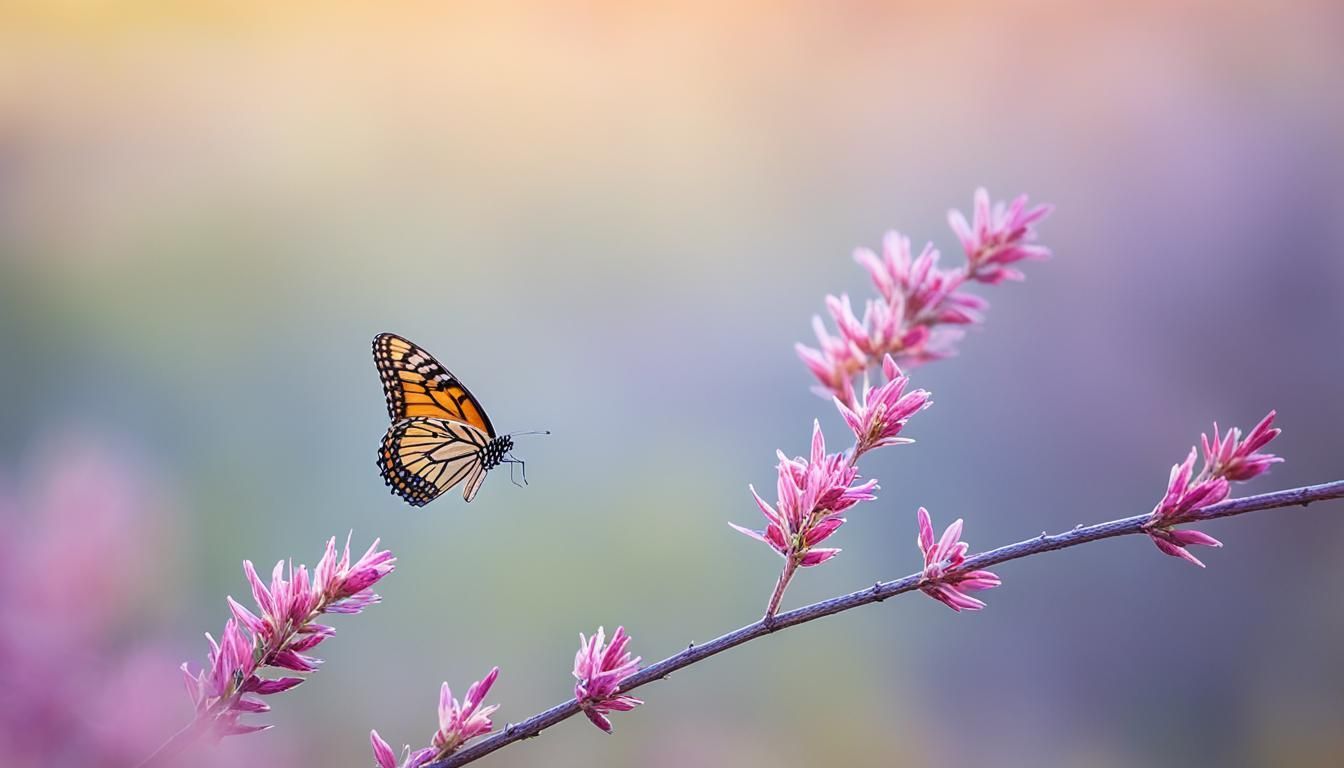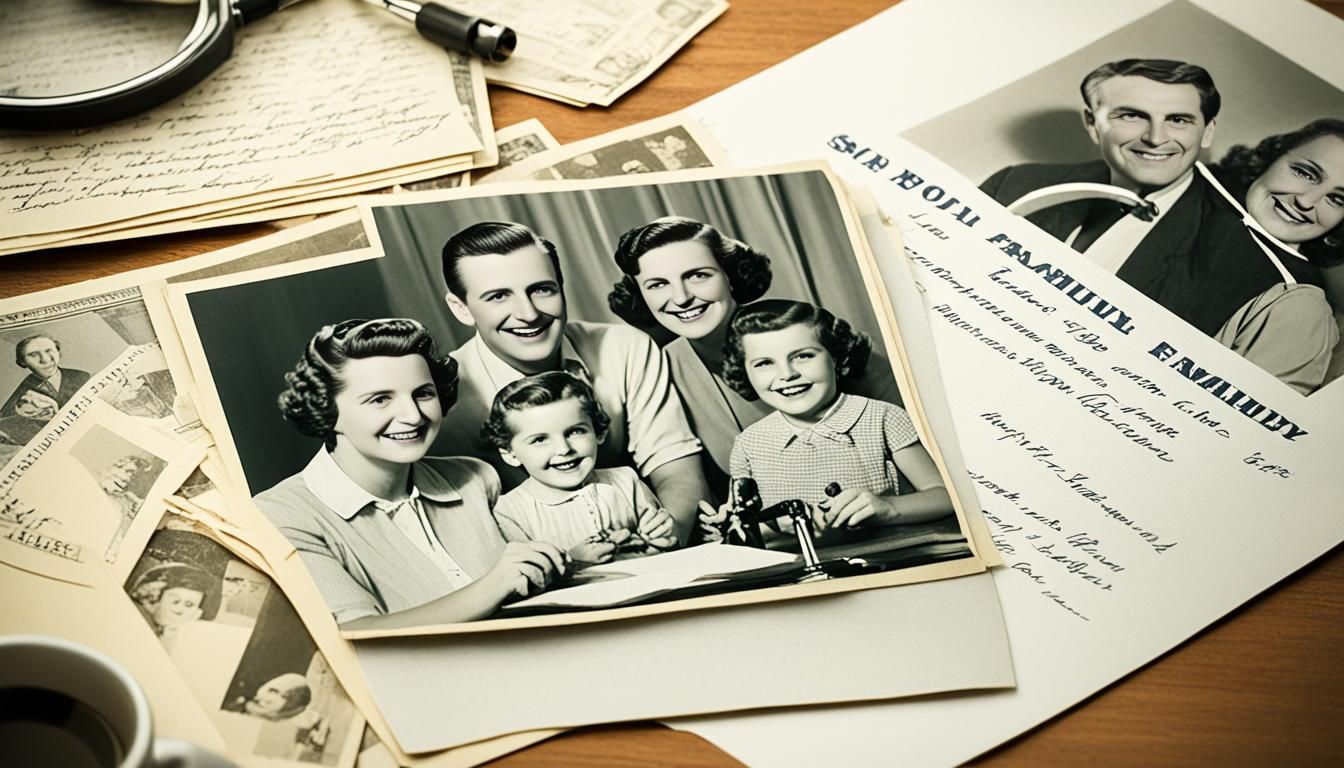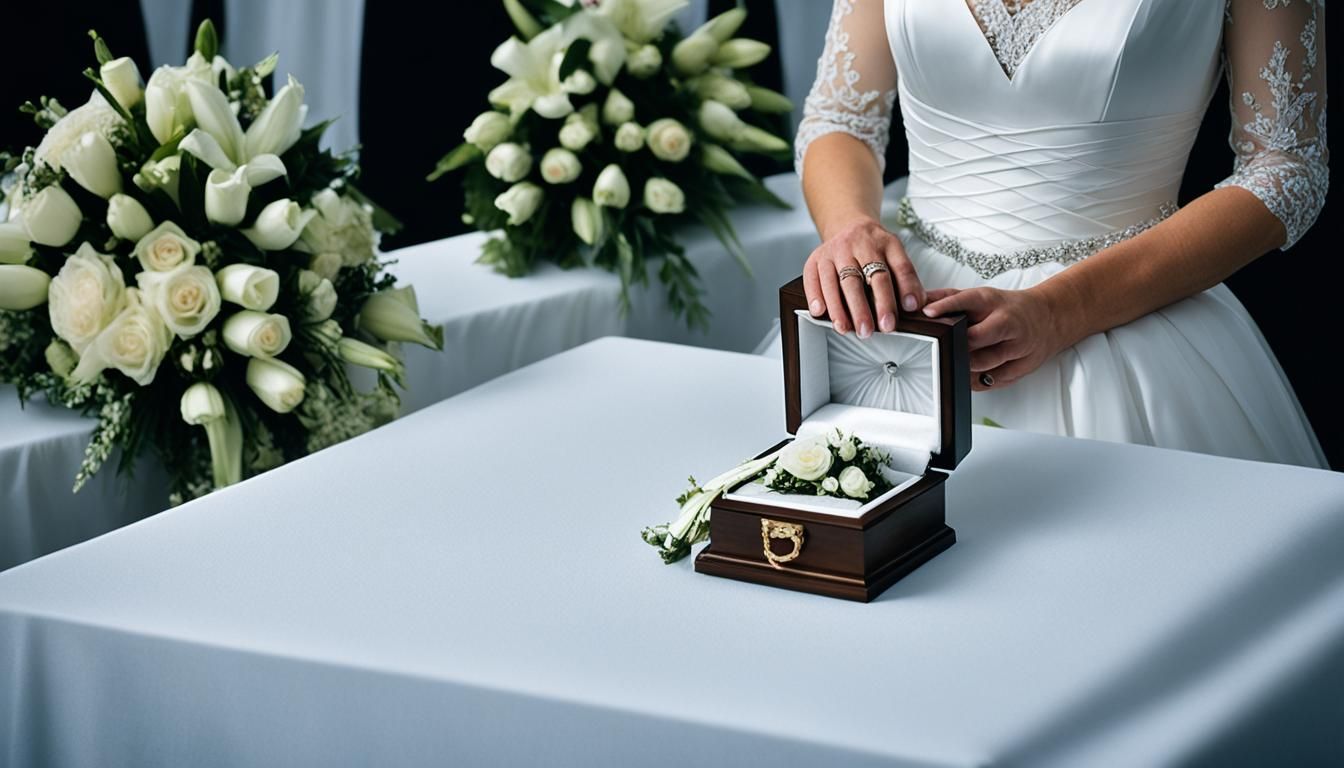Scatter or Bury Cremated Remains: A Guide.
Scatter or Bury Cremated Remains: A Guide.
Have you thought about the ways we can remember our loved ones with ashes? In North America, more families choose cremation over traditional burials. This brings many options for honoring the person who has passed away.
People now think more about the environment, and cremation costs less. They also want to save land. This means we have to choose the best final spot for ashes. You can keep them in an urn at home, scatter them, turn them into memorial stones, or even send them to space or the ocean reef. Each choice has a special meaning.
It's important to follow what the person wanted, which they might have written in a living will. Scattering or burying ashes is very meaningful. It's a way to celebrate their life or help us find closure and honor their memory. We also need to know the local laws so we respect the environment and the community.
In the U.S., you can scatter ashes in most national parks but you need a permit. You have to ask the head park ranger. If you want to scatter ashes on someone else's property, you must get their okay. You can scatter ashes at sea but you have to use a special urn that breaks down and tell the EPA in 30 days. Some places don't allow scattering ashes on the beach, but states like California do with some rules.
Key Takeaways
- Acquiring a permit is often required for scattering ashes in national parks.
- Permission must be obtained before scattering ashes on private property.
- Scattering ashes at sea involves using biodegradable urns and notifying the EPA.
- State laws vary regarding scattering ashes on beaches or shorelines.
- Planning involves careful consideration of location, weather, and urn selection.
Cremation Scattering Options
The choice to scatter or bury cremated remains is meaningful. It reflects the values and wishes of the deceased and their loved ones. With cremation becoming more popular due to environmental concerns, cost, and land conservation, there are many ways to honor our loved ones. We can scatter ashes at sea, in national parks, or use eco-friendly urns.
Scattering Ashes at Sea
Scattering ashes at sea provides a peaceful goodbye. In Florida, for instance, federal law requires that ashes be scattered at least three nautical miles from shore. The EPA also needs to be notified within 30 days. Using eco-friendly urns, like those from The Living Urn, helps protect the sea. Families can scatter ashes directly, do trenching ceremonies, or use biodegradable urns that release ashes slowly into the water.
Scattering Ashes in a National Park
National parks offer a serene setting for scattering ashes, but there are rules. Usually, you must follow specific guidelines and sometimes get a permit. These rules help protect the park and ensure visitors aren't disturbed. Places with lots of foot traffic or famous landmarks are usually not allowed. In Canada, you can scatter ashes on Crown land and water without a permit unless otherwise stated.
Eco-friendly Urns for Ashes
Choosing eco-friendly urns has become popular as we aim to protect the environment. These urns are made from materials like bamboo or paper. They allow for a respectful and environmentally friendly scattering. The Living Urn offers Eco Water Urns and Eco Scattering Urns, perfect for scattering ashes in various locations, including private or public land, at sea, or by air.
Deciding how to scatter or bury cremated remains is a personal choice. It should always consider respect for the deceased and the environment. Below, you'll find a table comparing some options:
| Option | Location | Cost | Regulations |
|---|---|---|---|
| Scattering Ashes at Sea | Offshore (3 nautical miles) | Varies (EPA notification required) | Federal law (U.S.) |
| Scattering Ashes in a National Park | Designated park areas | Permit may be required | Park-specific guidelines |
| Eco-friendly Urns for Ashes | Various terrains | $50 - $200+ | Flexible, based on location |
Scatter or Bury Cremated Remains
Choosing to scatter or bury cremated remains is a big choice for families. Some like to keep their loved one's memory close with an urn at home. Others scatter ashes in special places. Yet, some prefer burying ashes in a cemetery plot for a lasting legacy.
Burying Ashes: Regulations and Tips
Facing urn burial regulations is crucial and these rules differ by place. Designated spots for ashes are available at cemeteries and memorial gardens. It's key to pick biodegradable urns and make sure memorial markers follow the rules.
Both federal and state laws impact the process. Scattering ashes on public land is usually stricter than on private property. Cemeteries set rules to ensure dignity and calm, showing respect for the deceased and nature.
Cremation Burial Ceremony
A cremation burial ceremony is similar to traditional ones but smaller. It allows close ones to come together, share stories, and find closure. The ceremony can occur in different places like formal plots or memorial gardens.
Burying cremated remains honors the deceased and leaves a lasting tribute. It connects us to future generations, mixing the physical and spiritual. It symbolizes a forever resting place filled with love and respect.
The idea of legacy shines when burying ashes. It not only sets a forever resting spot but also shows the impact of the deceased on others. It's about the lasting effect on loved ones and future family.
Interment in a cemetery brings people together, highlighting tributes paid to loved ones. It aids healing and provides a place for reflection and comfort. Burying ashes is a meaningful choice, blending tradition, respect, and care for the environment.
Conclusion
Choosing to scatter or bury cremated remains is deeply personal. There are several things to think about. This choice lets families honor their loved ones in meaningful ways. It considers personal desires and cares for the environment too. Whether you scatter ashes at sea, in a park, or prefer a traditional burial, follow the rules. This ensures each memorial act is done with dignity and respect.
There are many choices available. These include eco-friendly urns and ideas for memorial gardens. Each option allows us to honor our loved ones in unique ways. They help keep their memory alive, bringing comfort and closure. Scattering or burying ashes can deeply reflect our values and beliefs.
The USA's beautiful landscapes offer great places for lasting memorials. At Miller Funeral Home in Edenton, North Carolina, we support you in making these choices. We offer advice to honor your loved one's memory. Our team values your individual preferences. We guide you with care and understanding through this complex process. Let us help you celebrate a life beautifully lived, in a way that shows your love and respects the solemnity of the moment.
FAQ
What are some options for scattering ashes at sea?
Scattering ashes at sea can be direct or use biodegradable urns. Trenching ceremonies are another choice. This should happen three nautical miles from shore for environmental safety.
Can we scatter ashes in a national park?
Yes, you can scatter ashes in national parks, but get a permit first. Make sure to do it away from busy areas and landmarks. This respects nature and other park visitors.
What are eco-friendly urns for ashes?
Eco-friendly urns are made from materials like bamboo or paper. They break down easily and don't harm the environment. These urns help guide the scattering process during ceremonies.
What should we consider when burying ashes?
Know the local rules when burying ashes. Using biodegradable urns is a good idea. Places like cemeteries and memorial gardens have special spots for this purpose. Consider eco-friendly markers too.
What happens during a cremation burial ceremony?
A cremation burial ceremony is similar to traditional ones but smaller. A service might be held where loved ones gather. Then, the ashes are placed in a chosen spot.
Are there specific regulations for scattering or burying ashes?
Indeed, rules for scattering or burying ashes change with the place. Always check local laws to follow them. This shows respect for our surroundings and those living in them.
What are some memorial garden ideas for cremation ashes?
Memorial gardens offer a calm place for remembering loved ones. Consider using biodegradable urns, planting trees, or placing a plaque. Such a garden is a quiet space for reflection.
How can we ensure the final resting place honors our loved one's wishes and the environment?
To respect your loved one's wishes, follow any plans they left, like in a will. Pick eco-friendly options and obey local laws. Selecting meaningful and respectful locations is key to honoring them and the planet.
Source Links
- https://perfectmemorials.com/guides/7-things-you-need-to-know-before-scattering-ashes
- https://www.nolo.com/legal-encyclopedia/burial-cremation-laws-oregon.html
- https://eirenecremations.com/blog/scatter-bury-or-keep-considerations-for-deciding-whether-to-keep-or-spread-a-loved-ones-ashes
- https://www.conservationburialalliance.org/what_land_trusts_need-to-know_about-_cremation.html
- https://www.thelivingurn.com/blogs/news/state-guide-to-scattering-ashes-florida-edition
- https://www.trigard.com/blog/burying-cremated-remains/
- https://www.memorialplanning.com/blog/scattering-cremated-remains-land-and-sea

